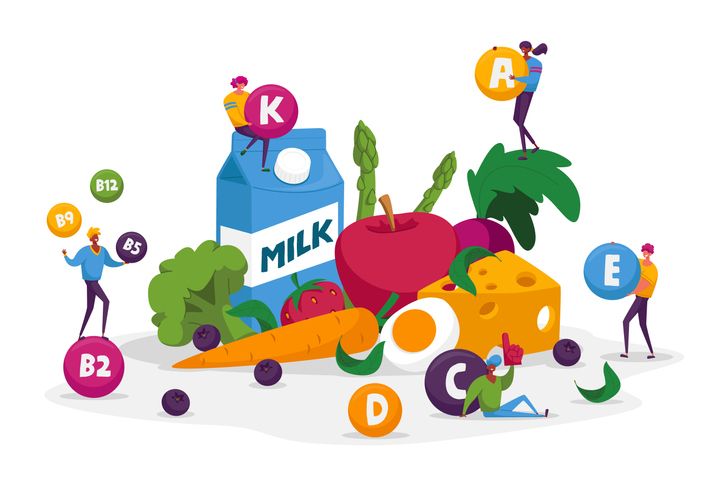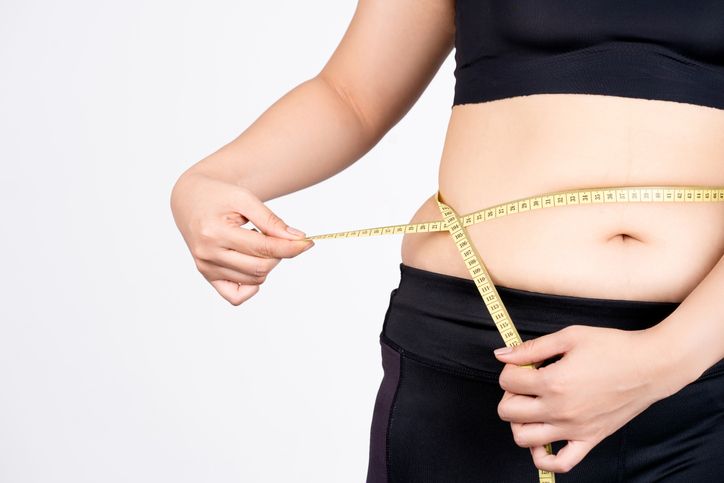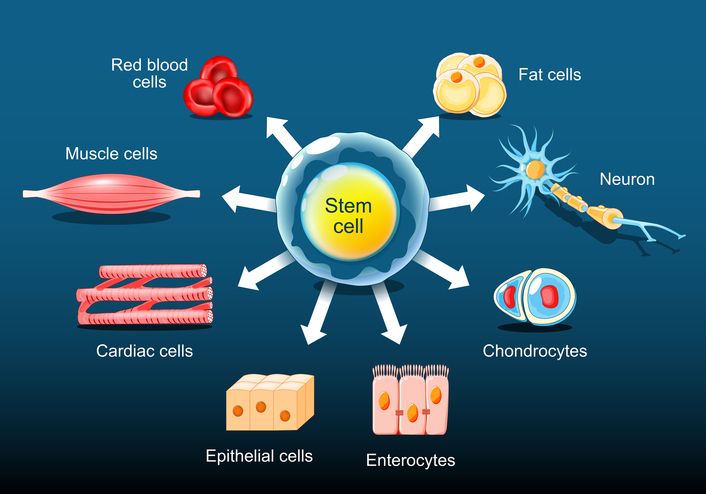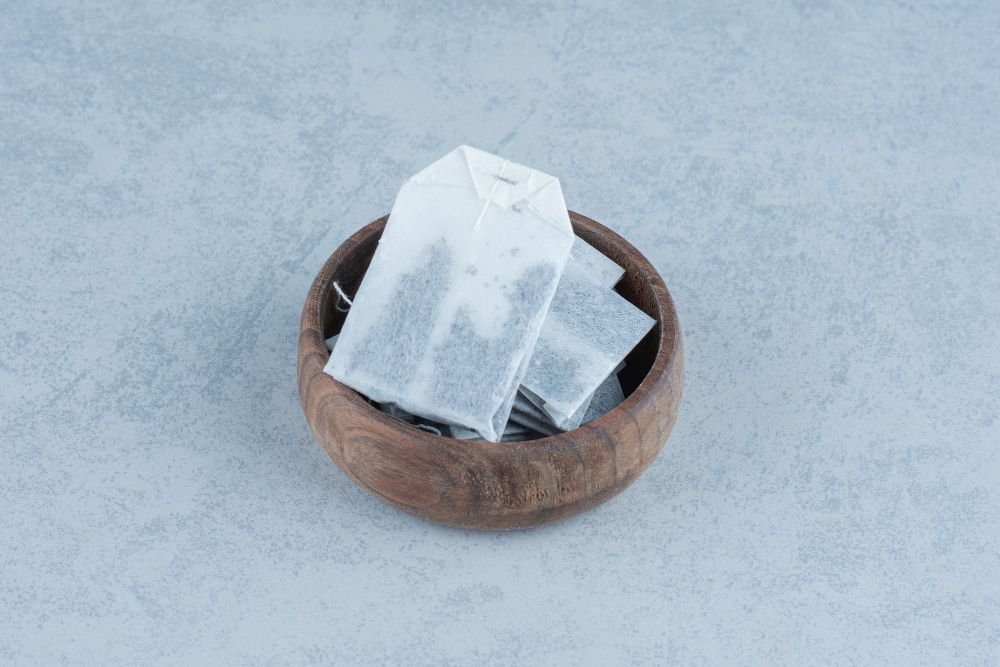

Book Now to Experience
S6 Body Sculpting Treatment
1 Minute Self-Registration
Date should not be before minimal date
Author: Leila Tan|Updated: 23 July 2024
If you have ever tried to lose weight, you may have experienced a frustrating situation known as a weight loss plateau. This is when your weight loss stalls or even reverses, despite your attempts to eat less and exercise more. Why does this happen and what can you do about it?

1
Reason Why Weight Loss Plateaus Happen

The main reason for a weight loss plateau is that your body changes to your lower calorie intake and higher energy expenditure by lowering your metabolic rate. This means that you burn fewer calories at rest and during exercise than before. This is a survival mechanism that helps you preserve energy when food is scarce.
When you reduce your calorie intake, you run the risk of losing muscle mass in addition to fat, which can lead to a weight loss stall. The body uses more calories at rest because muscle is more metabolically active than fat. Muscle loss might have a similar effect on your metabolism and weight loss efforts.
A third reason for a weight loss plateau is that you may experience water retention or fluctuations in your body fluids due to hormonal changes, salt intake, drug use, or other factors. Water weight can mask the fat loss that you are getting and make it seem like you are not making any progress.


2
What Substances in Our Body Make Weight Loss Plateaus Occur?

This common phenomenon that happens when a person's weight stops changing despite following a diet and exercise plan doesn't come as a coincidence. There are several possible reasons why this happens, but one of them includes the substances in our body that regulate our metabolism and energy balance.
Glycogen
One of these molecules is glycogen, which is a type of carbohydrate stored in the muscles and the liver. When we lower our calorie intake, our body uses glycogen as a source of energy, and releases water along with it. This causes a rapid drop in weight at the beginning of a weight loss program, but it also lowers our glycogen reserves.
Cortisol
Another substance that affects our weight is cortisol, which is a hormone that reacts to stress. When we are stressed, our body makes more cortisol, which can increase our appetite and cause us to store more fat, especially around the abdomen. Cortisol can also interfere with other hormones that control our metabolism, such as thyroid hormones and insulin.
To overcome a weight loss plateau, we need to change our calorie intake and expenditure according to our present weight and body composition. We also need to watch our stress levels and sleep quality, as they can affect our hormones and metabolism. Finally, we need to be patient and consistent with our weight loss efforts, as plateaus are normal and brief.

3
What Nutrients You Need to Keep Your Weight Loss Process Going?

Getting enough vitamins and proteins is one of the most important things that can affect how much weight you lose. Some vitamins and nutrients can speed up your metabolism, cut your hunger, and give you more energy, while others can stop you from losing weight by making you hold on to water, causing inflammation, or messing up your hormones. During a weight loss plateau, it is important to know what vitamins and nutrients you should eat and what you should not eat. Some vitamins and nutrients that can help you break through a weight loss rut are:
Vitamin B
B vitamins are important because they help turn food into energy and keep your body in check. They also help you keep your muscle mass, which can keep your metabolism from slowing down. Eggs, meat, fish, dairy products, whole grains, nuts, seeds, and leafy veggies are all good sources of B vitamins.
Vitamin D
This is a fat-soluble vitamin that helps your body control how much sugar is in your blood and how many hormones it makes. It also helps the body take in calcium and keep bones healthy. Low amounts of vitamin D have been linked to being overweight, having trouble with insulin, and having a bigger appetite. You can get vitamin D from the sun, foods that have been supplemented, or pills.
Iron
This is a mineral that helps your cells and muscles get air. It also helps your liver and immune system work better. Iron shortage can make you tired, weak, and less able to work out. Meat, chicken, seafood, beans, lentils, tofu, spinach, and fortified cereals are all good sources of iron.
Magnesium
Magnesium is another nutrient that helps control your blood sugar, blood pressure, and metabolism. It also helps your body deal with stress and inflammation. You can get magnesium from nuts, seeds, beans, avocados, bananas, leafy greens, and dark chocolate.
What You Will Want To Avoid To Overcome Weight Loss Plateaus
Sodium
This is an electrolyte that helps your body keep the right amount of water. But too much salt can cause you to hold on to water, get bloated, and have high blood pressure. You can cut down on the amount of sodium you eat by staying away from processed foods, canned foods, sauces, dressings, snacks, and table salt.
Sugar
Sugar is a simple carbohydrate that gives you quick energy but also causes your blood sugar to rise and your body to make more insulin. Insulin is a hormone that makes the body store fat and stops it from breaking down fat. You can cut down on the amount of sugar you eat by staying away from sweets, drinks, juices, syrups, honey, and refined grains.
Alcohol
This is a drug that slows down your metabolism and gives you empty calories. It also hurts the way your liver works and makes it hard to sleep. You can cut down on how much booze you drink by drinking less or not at all.
Caffeine
This is a stimulant that can briefly make you feel more energetic and speed up your metabolism. But too much coffee can make you dehydrated, keep you from sleeping, make you anxious, and raise your cortisol levels. Cortisol is a stress hormone that can make you hungrier and make your body store more fats.


4
What You Should Do to Keep Yourself Going on the Weight Loss Journey

• Calculate how many calories you burn and how much you consume. Either consuming fewer calories or engaging in more physical activity will result in a higher caloric expenditure. Use a calorie counting software or maintain a food journal to keep track of your eating habits and alter them as needed. One to two pounds per week of weight reduction can be expected from maintaining a calorie deficit of 500 to 1,000 per day. • Increase the time and ferocity of your workouts. Keeping your body from adapting to its new pattern and increasing your calorie burn by taking on new obstacles during your workout. High-intensity interval training (HIIT) consists of short bursts of extremely high intensity exercise followed by substantially longer periods of moderate exercise. Metabolism can be boosted and fat can be burned for hours after high-intensity interval training (HIIT) has ended. • You need to modify your workouts by increasing the intensity and/or decreasing the time. It's probable that you'll need to vary your workouts to ensure that you're working all of your muscle groups and to prevent boredom. Mix in some cycling or swimming with your typical jogging programme. If weightlifting isn't your thing, consider switching things up with some yoga or Pilates. If you find that exercising every day is too much, try switching to every other day, or divide a lengthy session into two shorter ones. • Maintain or increase your muscular mass. Strength training at least twice a week will help you reach your goal. Strength training has a number of beneficial side benefits, including weight loss and an increased metabolic rate. Increasing your protein intake is another option for maintaining muscle mass and sating your hunger for longer. • If you want to improve your health, you need to consume more water and less salt. Excess salt and fluids in the body can be flushed out via hydration to prevent fluid retention. In addition to assisting with hydration, it can aid in the management of food cravings. More than the recommended eight glasses of water per day may be needed if you engage in strenuous physical activity or perspire heavily. Cutting back on processed foods, sauces, seasonings, and snacks is one way to lower your sodium intake. • Although it's frustrating to reach a weight loss plateau, more weight loss is still feasible. It only means you need to tweak your diet and exercise routine to improve and keep pushing forward. Combining these methods with the ultimate trick we'll discuss in the next part will help you finally shed those extra pounds.

Book Now to Experience
S6 Body Sculpting Treatment
1 Minute Self-Registration
Date should not be before minimal date

5
The Ultimate Hack to Terminate Your Weight Loss Plateaus:
S6 Body Sculpting Treatment

The S6 Body Sculpting Treatment from New Beauty is a non-invasive and non-surgical way to get rid of fat. It uses a low-energy bio-laser to reach the subcutaneous adipose layers beneath the skin. Fat cells are destroyed thermally by the laser radiation, with the released fatty acids entering the lymphatic system.
Simultaneously, using vacuum suction technology, the area being treated is massaged at the same time, further boosting the body's metabolic rate. Because of the bio-laser technology, the body produces more collagen, a protein that aids in skin tightening. This treatment plan is specifically designed to target the following seven areas: the stomach, waist, arms, buttocks, thighs, calves, and back. S6 Body Sculpting Therapy is the next best thing for individuals who have already tried exercise and healthy diet without results!


6
Last Thought

People who are trying to lose weight often hit a point where they can't lose any more weight. It happens when you keep eating healthy and working out daily, but your weight doesn't change. A weight loss plateau could be caused by a slowing down of your metabolism, a change in the way your body is made up, or a relaxing of your eating habits. But there are also some things you can do to get past a weight loss stall and get back on track, so get on the fast track of your weight loss journey by booking the S6 Body Sculpting Treatment trial today!
FAQ
What is a plateau in weight loss, and why does it happen?
A weight loss plateau is when your weight stays the same even though you are eating right and working out. It normally happens after following a low-calorie diet for about 6 months. It's not clear what causes weight loss to stop, but some possible causes are changes in metabolism, less commitment to the diet plan, or changes in hormones.
When does a weight loss plateau normally happen?
A weight loss plateau is when your weight stays the same even though you're still eating right and working out. After about 6 months of following a low-calorie diet, research shows that weight loss stops. Doctors don't know why weight loss stops, but some ideas are that the body gets used to losing weight and fights against losing more, that people stop dieting after a few months, or that a person's metabolism slows down if they lose weight quickly.
How do I get past a weight-loss plateau?
To get past a weight loss stall, you may need to change your weight loss diet and work out. Some ways to get past a weight loss plateau are to reevaluate your habits and keep track of the calories you eat, cut more calories or get more active, change your exercise routine or try something new, reduce your stress and get better sleep, eat more fibre and vegetables, and stay hydrated.
How can I lose weight in a healthy way?
Sustained weight loss is when you drop weight and keep it off for a long time. To lose weight and keep it off, you need to make changes to your living and health habits that will last. Some steps that can help you lose weight and keep it off include finding your inner motivation and setting realistic goals, eating a balanced diet that focuses on nutrient-dense foods and limits processed foods, drinking more water and green tea, taking probiotics and other supplements that may help your metabolism, lifting weights and doing cardio exercises, getting enough sleep, and avoiding distractions while eating.
What's the difference between body fat and lean body mass?
Lean body mass is your total body weight minus the weight of your fat. Your muscles, bones, organs, water, and other cells are all part of it. The amount of fat in your body is called your body fat. It has both vital fat, which your body needs to work properly, and stored fat, which is extra energy that can be used when needed. Your health and fitness depend on both your lean body mass and your body fat. Lean body mass helps you burn calories, keep your strength and stamina up, and keep you from getting hurt. Fat in your body helps you control your temperature, protect your organs, and make hormones. But having too much fats can make you more likely to get diabetes, heart disease, and some types of cancer. How much body fat is healthy varies on your age, sex, and how much you move around. In general, women should aim for between 21 and 32% body fat, and men should aim for between 14 and 24% body fat.

Book Now to Experience
S6 Body Sculpting Treatment
1 Minute Self-Registration
Date should not be before minimal date
Recommended Articles
COPYRIGHT© NEW BEAUTY MANAGEMENT LIMITED 2025. ALL RIGHT RESERVED.




